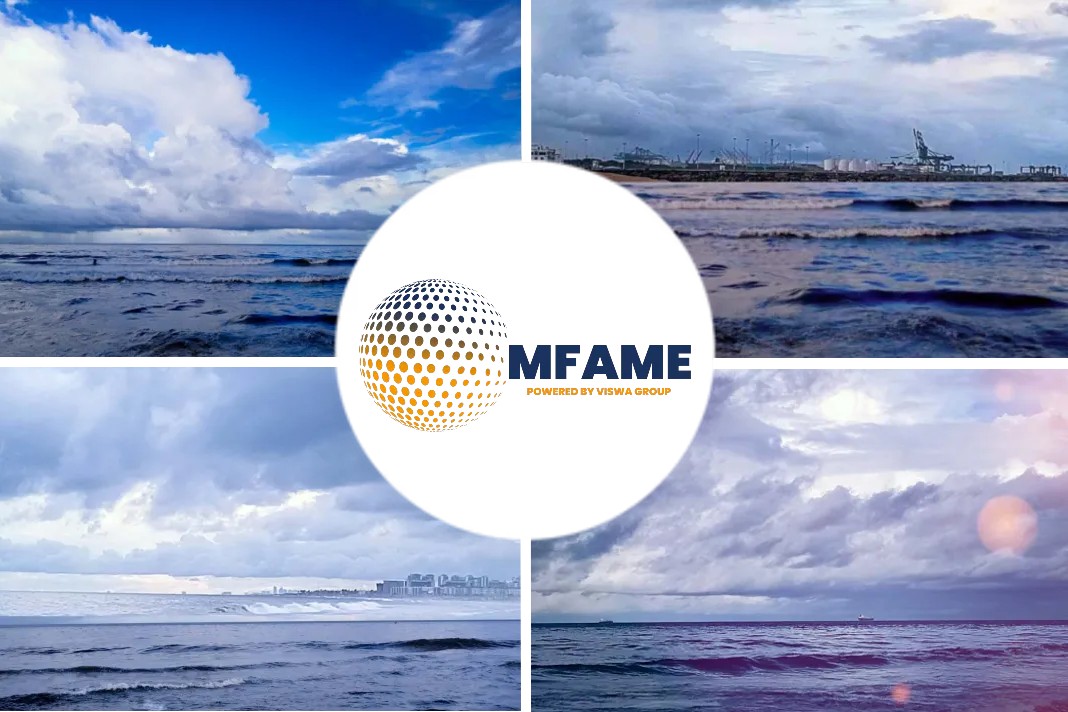- More formally called biofouling, the unwanted build-up of sea life on the hulls of everything from pleasure boats to aircraft carriers causes drag through the water.
- How do we detect how many organisms are viable or living?
- Some of the problems posed by biofouling and ballast water, such as the transfer of invasive species, are the same.
Biofouling, or the deposit of sea life on ship hulls, slows ships and can spread invasive species. Is it possible that regulation and innovation will provide the answers, as reported by China Dialogue Ocean.
Still struggling
Like many English words and phrases, the description of something reliable as “copper-bottomed” has a maritime origin.
In 1761, the Royal Navy plated the hull of its frigate HMS Alarm in thin copper, which kept away weeds and tube worms so successfully that the practice – and the praise of something risk-free as copper-bottomed – became widespread.
Today’s sailors still struggle with the same problem.
More formally called biofouling, the unwanted build-up of sea life on the hulls of everything from pleasure boats to aircraft carriers causes drag through the water.
Biofouling can have a more direct environmental impact as well.
“Pretty much any surface that you put into the ocean is going to get growth on it.”
Barnacles and other stowaways
Studies have recorded some 2,000 different species living in these shipbound communities, the barnacle family probably being the best known.
Related to crabs and lobsters, these adhesive crustaceans have become shorthand for a sticky nagging problem that’s hard to remove.
Barnacles start life much more mobile, released in their tens of thousands as tiny larvae.
The longer the biofouled ship had gone without being beached and cleaned, the worse the experience.
Microscopic bacteria and algae get there earlier, feeding on the cocktail of chemicals that seawater contains.
Beautiful to a marine scientist, perhaps, but not to a ship’s captain.
One study suggested that a ship with a medium level of barnacle encrustation would need 36% more power to sustain its speed than a clean one.
“I think this is going to become a bigger issue for the shipping companies and the cruise lines who are going to be really hit by the drastic increase in the cost of fuel,” Hunsucker says.
And it’s a question a lot of people have tried to answer.
That’s effective, but not very efficient.
Yigit Demirel, a naval architect and marine engineer at Strathclyde University, says there could be a more environmentally friendly route to stop biofouling.
“Maybe we can introduce some controlled roughness, or weird shapes, to increase the diversity of the flow.”
The emphasis on climate change and controlling greenhouse gas emissions is changing that.
These can include the need to thoroughly clean the hull of a ship in the month prior to arrival.
New Zealand already operates similar rules, and other places are considering them.
It’s only a matter of time before wider international rules are in place to control hull biofouling, Demirel predicts.
The problem with ballast water
Ballast is needed to stabilise ships, even very big ones, in rough weather.
Depending on what cargo they carry, vessels typically pump millions of gallons of water into huge tanks before starting a voyage and then discharge it when they reach their destination.
Local fisheries, which had been worth hundreds of millions of dollars each year, were wrecked.
In the other direction, ships travelling west across the Atlantic managed to introduce zebra mussels from Europe to the Great Lakes of Canada and the US, where they have caused havoc.
“They have very sharp shells that swimmers cut their feet on, and they are able to reproduce quickly and may occur in very high densities, as well as block underwater pipes used in cooling systems by local industries,” Outinen says.
In response to the growing threat and costs of invasive species spread by biofouling ballast water, the International Maritime Organisation (IMO) drew up regulations in 2004.
“So, at the moment we are in an implementation and experience-building stage, with the penalisation rules not being fully implemented or enforced yet,” he says.
“How do we monitor and sample ballast waters in a reliable, quick and cost-efficient manner?
How do we detect how many organisms are viable or living?
And many other similar practical details.”
Some of the problems posed by biofouling and ballast water, such as the transfer of invasive species, are the same.
Did you subscribe to our newsletter?
It’s free! Click here to subscribe!
Source: China Dialogue Ocean
















